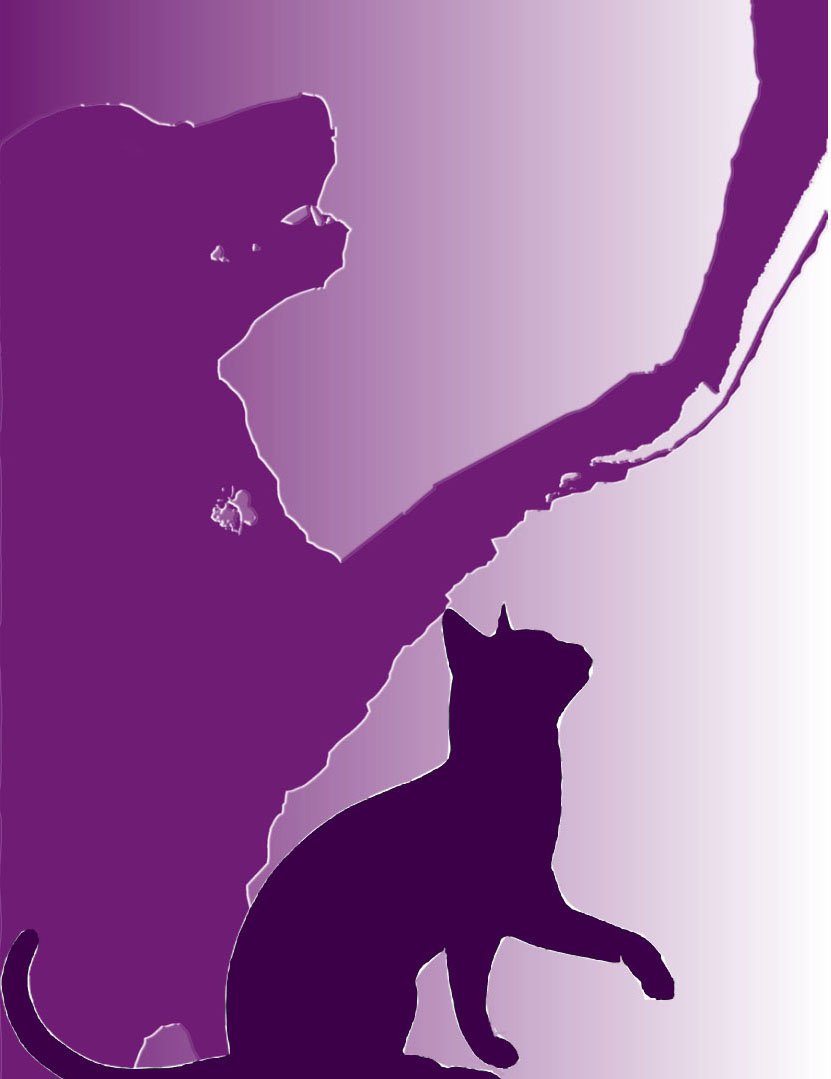Tips for walking a leash reactive dog
Jamie Flanders CDBC, FPPE, CFDM
Leash reactivity tips
How I define leash reactivity: Barking or frantic vocalizations accompanied by pulling and lunging on leash that is triggered by specific stimuli such as, strangers, children, dogs, or anything on wheels.
Find a balance between working outings, where you focus on your dog’s triggers, and decompression outings, where you focus on your dog’s stress relief in a trigger free environment.
On your working outings seek out your dog’s triggers, observe them, predict where they’re going, think about what strategies you’re going to use, and then get to work.
Work with a behavior consultant or a qualified behavior professional to build strategies that work for you and your dog.
Don’t completely avoid your dog’s triggers - but do avoid environments where your dog might encounter a trigger that’s too close, or a trigger that suddenly appears close by. Narrow hiking trails that don’t allow you room to move far off the path and neighborhood walks will be too hard for most reactive dogs. Confined spaces like pet store isles, vet clinics, fenced yards, dog parks and daycares will also be very difficult and stressful environments for most reactive dogs.
Once you are proficient in your handling, have a robust and practiced set of management strategies, and your dog has made significant progress, then you may consider if these more challenging environments are worth trying again.
Choose environments with a lot of space so your dog can observe, habituate, acclimate, and desensitize to their triggers at a comfortable distance.
Stay focused on your dog and vigilant in watching your surroundings, including behind you, so that you can maneuver your way around triggers and avoid situations with unfavorable outcomes such as encountering off leash dogs.
Stay far away from off leash dogs or leave the area. Do not count on the handler of the off leash being able to or willing to call their dog away from you.
Always bring your dog’s favorite food and or toy on your walks so that you can help them build a positive association with their triggers as well as pay them for good choices throughout their walk.
Make sure your food rewards are already cut up before you go and use a treat pouch or pocket to carry them in.
Have your poop bags prepared ahead of time so that you don’t have to take your focus off your dog for very long.
Triage priorities. For example, if a trigger is coming but you need to pick up poop, deal with the trigger first.
If your dog has a bite history, muzzle train and walk your dog in a muzzle. Muzzled dogs are usually avoided more by the public so it has the added benefit of helping you control the behavior of your dog’s triggers to some degree.
Be strategic about where you park so that when you are ready to leave, your car is not surrounded by potential triggers that pulled up next to you.
Consider using a long line. The freedom of movement and ability to make more choices can have a dramatic effect on behavior by lessening stress and frustration.
